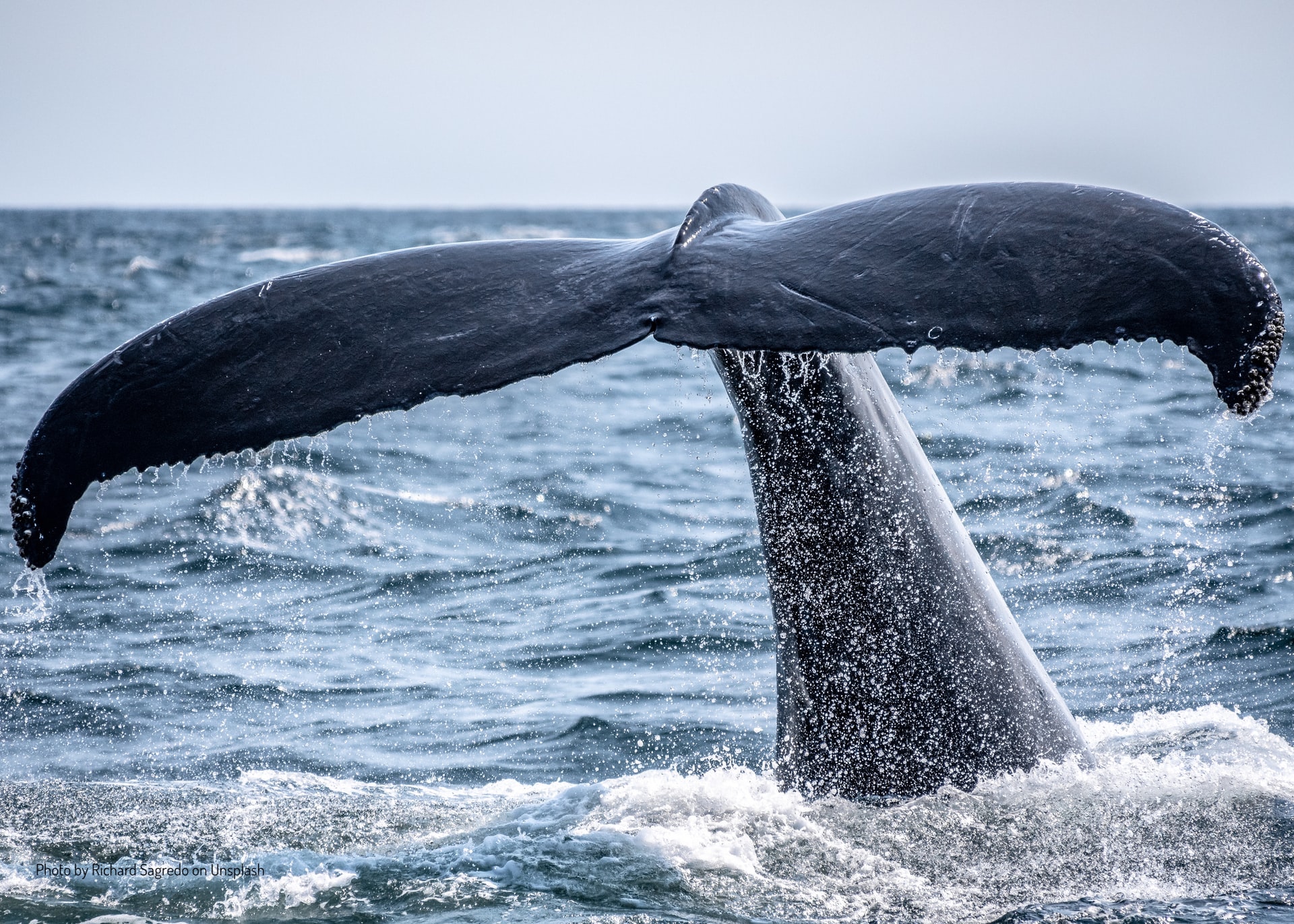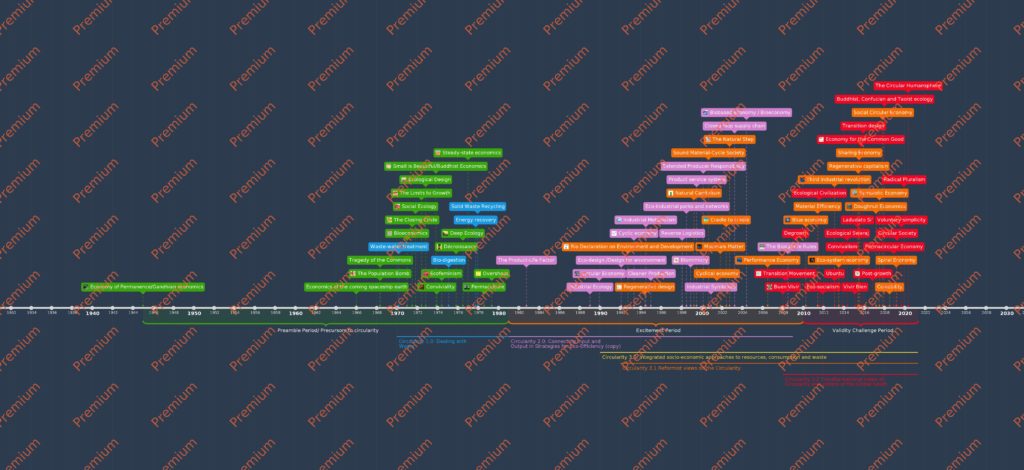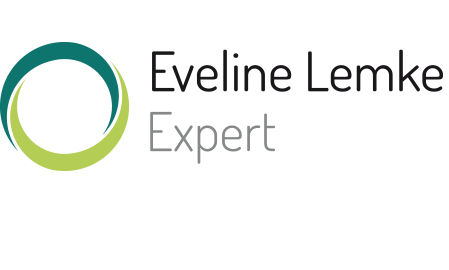
Like a whale without orientation
What we learn from nature science is that blue whales get disoriented by ship noise, dying riffs, rising temperatures due to climate change or because they are swallowing plastic waste. Just like the whales our material world is disoriented. Let’s use the metaphoric:
Still, we are extracting 100 Billion tons of material every year out of this planet. That’s equivalent to more than 666 million blue whales. Still a number too large to imagine.
Only 9% of all the material is moving in cycles. So, imagine the 10.000 blue whales, that still exist, swimming in the ocean without orientation and only 900 of them a having a clear route. That’s quite a chaos.
For this reason more and more people are asking for an “Intergovernmental Panel for Resources” to find out more about where materials are going. Here as well, growth of interest repeats. Within just a few years, research papers have increased from 300 to 3,000 papers about circular topics. And circularity concepts are also rising.
In 2020, an interactive timeline of circularity school of thoughts was introduced by the CRESTING project. CRESTING is an EU funded research and innovation project. It shows publications cascading up quite clearly:

Source: Cresting Circular Economy
Being the first and only research project that has successfully displayed the development of the 70 current circularity concepts all in one chart, it gives a spectacular overview. And not only that the research team has accepted the challenge of creating a central theme for all the different concepts, it also carved out the different development periods from preamble to validity challenge. As it is an interactive timeline, one can zoom in and out and get more information about the individual concepts through clicking on them.
Here, a warm recommendation of us to take a sneak peak for all of those who are interested in circular economy history.
When looking at the timeline more in detail, it seems like many concepts are influenced by Asiatic ideas which just underlines that circular economy is a topic of global interest and importance.
Scrolling through the different concepts, a question arises: How complete is the picture? We are having a lot of economic theories and general philosophies about the good sustainable life. We are also having displayed the topic of a circular society. What is missing is a counterdraft to the Homo Oeconomicus, the mental model for a linear economy and society. When we want to research for a transformation of take-make-dispose, don’t we have to consider the individual? Can we really exclude him? The mental model of a circular economy and society will be central.
And of course, there are already mental models described out there. Our description of the Homo Circularis is only one example. The theory of Homo Oecologicus may mentioned as example. The theory of Homo Sustinens is another. (Want to know more? Here you can find the article about the development of mental models).
Nevertheless, when looking at the timeline it becomes clear that the research project has been a gift for future circular development, knitting all lose ends together.
For the CRESTING team, research did not end at the timeline. They have also published some more articles revealing interesting correlations in the green jungle.
One is closely linked to the timeline, aiming on navigating through the different visions of a circular economy. It is worth reading, and you can download it here.
The other paper is concerned with political reality. Doing so, it closes research gaps on the actual circular economy discourse through analyzing words and actions. And though EU policy makers have made quite an achievement already, the analysis shows: There is still room for improvement. And this improvement is central to reaching any of the circular economy visions. From a post-growth perspective, the paper proposes 32 alternative science-based policies to improve EU circular economy policies. It is very well structured and explains clearly the necessities in the field. Therefore, it will help the critical communities and think tanks to put emphasis on missing elements to further push European Commission into the right direction. Missing elements to be supported are put together in a long list that shall not be missing here:
- Establish limits to total energy recovery rates and/or stricter restrictions on the incineration of recyclable, re-usable or compostable wastes.
- Heavily restrict or ban the export of waste outside the EU.
- Ban the destruction of unsold stocks.
- Establish mandatory product passport with information on all materials and components to facilitate product and material recovery.
- All Expand eco-design regulations to fast-moving consumer electronics such as mobile phones, tablets and computers.
- Promote open source innovation (e.g. by mandating that all hardware and software from discontinued products becomes open source).
- Improve eco-design regulations to ensure repair manuals are completely free and open-source.
- Establish subsidies for repair services to help low-income groups.
- Establish EU-wide online platforms for the trading of secondary materials and products.
- Reduce VAT for reused, remanufactured, refurbished and repaired goods and repair services.
- Tax resources (especially raw materials) instead of labour.
- Eliminate subsidies on fossil fuels.
- Establish mandatory circular and green public procurement targets and requirements.
- Establish targets on the percentage of secondary materials or sustainable renewable materials in new products and buildings.
- Improve eco-design regulations by adding measures on product durability, multifunctionality, upgradeability, and modularity.
- Increase minimum mandatory guarantee periods.
- Establish mandatory targets to reduce food waste.
- Establish targets to reduce per capita waste generation, per capita material demand and per capita ecological footprint, and to increase self-sufficiency on raw materials.
- Revise the Common Agricultural Policy to subsidise farmers based on the social and ecological services they provide.
- Mandate compulsory information on product durability, especially for electronic goods.
- Establish mandatory sustainability labels (with product socio-ecological impacts).
- Promote healthier plant-based diets.
- Taxes on advertisements and bans on commercials for ecologically harmful goods such as SUVs.
- Establish carbon-tariffs for imported goods.
- Update consumer taxes (VAT) based on the socio-ecological footprint of products.
- Promote non-material aspirations and values and slower, and more convivial ways of life to improve human wellbeing while reducing material consumption.
- Reduce working hours to 30 or less per week.
- Establish targets on social aspects of circularity (e.g., job generation, investments in cooperatives and social enterprises working on CE, and percentage of consumption with a recognized socio-ecological certification program).
- Democratize the EU’s decision-making structure by increasing transparency, improving decision-making procedures and establishing an EU-wide citizens’ assembly.
- Develop redistributive policies to ensure that the economic burden of a circularity transition does not fall on the most vulnerable.
- Eliminate financial paradises and establish EU-wide taxes on wealth and financial transactions.
- Increased financing and technology transfer to the Global South for climate change, biodiversity and circularity projects.
As we can see, calls of “Generation Hope” are already included. Together, the list of this critical points aligned with a young generation striking nerves, calling for more actions than words and moving into decision-making positions, promise acceleration for circular economy. And it shows even more: Stakeholders are all in one boat. Individuals asking why, how, and what to do are driving whole movements in society like vegan trends and Fridays for Future. Science is supporting through research and new insights and putting it all on one table. So that policy can manage and economy can transform.
Even more hungry for information? We have released our new book article, dealing with even more philosophical questions and cheeky answers! You can explore it here
By Charléne Nessel



No Comments